Introduction
How Many Litters Can A Cat Have: When it comes to feline reproduction, many cat owners and enthusiasts are curious about how many litters a cat can have in her lifetime. Cats are known for their ability to reproduce quickly and efficiently, but there are several factors that can influence the number of litters a cat can have.
First and foremost, it’s important to understand that cats are prolific breeders. A female cat, also known as a queen, can become sexually mature as early as 4 to 6 months of age. Once she reaches this stage, she can go into heat, or estrus, multiple times throughout the year. During each heat cycle, a queen can potentially become pregnant if she mates with a male cat.
On average, a cat’s gestation period lasts around 63 to 65 days. This means that a queen can potentially give birth to multiple litters in a single year. The number of litters a cat nails can have in her lifetime can vary depending on several factors, including her overall health, genetics, and access to mates.
It’s worth mentioning that responsible cat owners often choose to spay their female cats to prevent unwanted pregnancies and reduce the risk of certain health issues. Spaying, or ovariohysterectomy, is a surgical procedure that removes a cat’s reproductive organs, effectively preventing her from becoming pregnant. By spaying their cats, owners can help control the cat population and ensure the health and well-being of their pets.
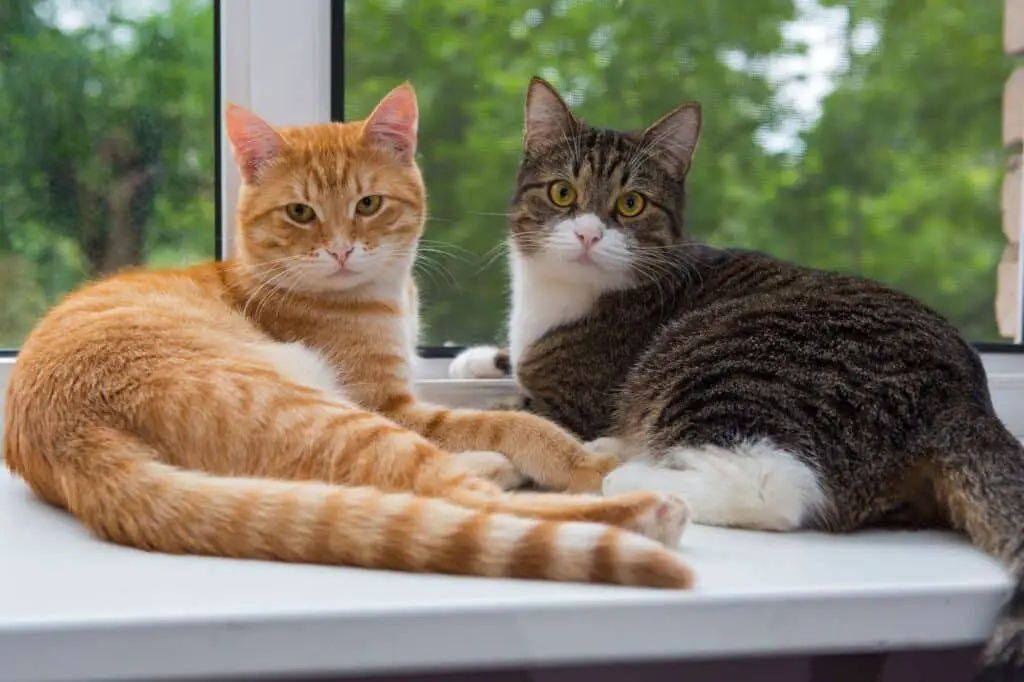
How many litters a year is safe for a cat?
When it comes to breeding cats, it is important to consider the health and well-being of the animals involved. One of the key factors to consider is how many litters a cat can safely have in a year. This is an important question to address, as overbreeding can have negative consequences for both the mother cat and her kittens.
It is generally recommended that a cat should have no more than three litters in a year. This allows the mother cat to have enough time to recover and regain her strength between pregnancies. It also ensures that the kittens have the best chance of being healthy and well-nurtured.
Overbreeding can lead to a variety of health problems for the mother cat. The strain of multiple pregnancies can weaken her immune system and make her more susceptible to infections and diseases. It can also lead to complications during labor and delivery, increasing the risk of stillbirths or other birth defects.
Overbreeding can also have negative effects on the kittens. When a mother cat is constantly breeding, she may not have enough time or resources to properly care for her kittens. This can result in malnourished or underdeveloped kittens, who may be more prone to illness and have a lower chance of survival.
These recommendations may vary depending on the breed and individual health of the cat. Some breeds may be more prone to certain health issues, and individual cats may have specific health concerns that need to be taken into consideration. It is always best to consult with a veterinarian to determine the appropriate breeding schedule for a cat.
How many litters should I let my cat have?
There is a common misconception that allowing a cat to have multiple litters is beneficial for their health and well-being. However, this is not the case. In fact, it is recommended that cat owners do not let their cats have any litters at all. The idea that cats need to have litters in order to be happy or fulfilled is simply a myth.
Allowing a cat to have multiple litters can actually have negative consequences for both the cat and the owner. Firstly, it can put a strain on the cat’s physical health. Pregnancy and giving birth can be physically demanding for a cat, and repeated pregnancies can lead to complications such as uterine infections or difficulties during labor. Additionally, the stress of caring for multiple litters can take a toll on the cat’s mental well-being.
A cat to have multiple litters can contribute to the problem of overpopulation. There are already millions of stray and feral cats in the world, many of which are euthanized due to lack of homes. Allowing cats to reproduce without control only adds to this problem. By spaying or neutering your cat, you can help prevent the birth of unwanted kittens and reduce the number of cats in need of homes.
Neutering your cat does not have any negative effects on their health or behavior. In fact, it can have numerous benefits. Spaying a female cat eliminates the risk of uterine infections and greatly reduces the risk of certain types of cancer. Neutering a male cat can help prevent roaming, fighting, and spraying behavior.
How many litters can a female cat have in her lifetime?
A female cat can have multiple litters throughout her lifetime. The number of litters a cat can have depends on various factors such as her health, breed, and environment. Generally, a female cat can have anywhere from one to three litters per year.
That responsible cat owners should consider spaying their female cats to prevent overpopulation and health issues. Spaying is a surgical procedure that removes the ovaries and uterus of a female cat, making her unable to reproduce. This not only helps control the cat population but also provides several health benefits for the cat.
Female cats that are not spayed are at a higher risk of developing certain health problems, such as uterine infections and mammary tumors. A female cat eliminates the heat cycle, which can be a stressful and disruptive time for both the cat and the owner.
On average, a female cat can have around 3-5 kittens per litter. However, this number can vary depending on the individual cat and other factors. Some cats may have smaller litters of 1-2 kittens, while others may have larger litters of 6 or more.
The gestation period for a cat is approximately 63-65 days, and after giving birth, the mother cat will typically nurse and care for her kittens for about 8-12 weeks. Once the kittens are weaned and able to eat solid food, they can be separated from their mother and find new homes.
A female cat can have multiple litters in her lifetime, but it is important for responsible cat owners to consider spaying their cats to prevent overpopulation and health issues. The number of kittens per litter can vary, but on average, a cat can have around 3-5 kittens per litter.
How many times can I breed my cat?
As a responsible pet owner, it is important to understand the breeding limitations for your cat. Breeding cats should not be taken lightly, as it requires careful consideration of various factors such as the health and well-being of the cat, the breed standards, and the overall population control.
When it comes to breeding cats, there is no set number of times that a cat can be bred. However, it is generally recommended to limit the number of times a cat is bred to ensure their health and prevent any potential complications. Breeding a cat too frequently can put a strain on their body and increase the risk of health issues.
That female cats can go into heat multiple times throughout the year, and each heat cycle presents an opportunity for breeding. However, it is best to allow the cat to fully recover from one pregnancy before considering breeding again. This allows the cat’s body to regain its strength and reduces the risk of complications.
Additionally, it is crucial to consider the breed standards and guidelines set by reputable cat breeding organizations. These organizations often have specific recommendations on the number of times a cat should be bred to maintain the breed’s integrity and prevent overbreeding.
Lastly, population control is a significant factor to consider when deciding how many times to breed your cat. Overpopulation of cats is a serious issue, and responsible breeding practices can help prevent this problem. It is essential to consider the demand for kittens and ensure that there are enough loving homes available before deciding to breed your cat multiple times.
Can a female cat get pregnant by multiple males?
Yes, a female cat can get pregnant by multiple males. This phenomenon, known as multiple paternity, is quite common in feline reproduction. Unlike some other species, female cats are polyestrous, which means they can go into heat multiple times during their breeding season. This allows them to mate with multiple males and potentially conceive kittens from different fathers.
During the breeding season, female cats release eggs from their ovaries, which then travel to the uterus. If a female cat mates with multiple males during this time, each male’s sperm has the potential to fertilize a different egg. This can result in a litter of kittens with different fathers, known as a mixed paternity litter.
Multiple paternity in cats has been observed in both domestic and wild populations. In fact, studies have shown that up to 90% of litters in feral cat populations have multiple fathers. This is because female cats in the wild often mate with multiple males to increase their chances of successful fertilization and to confuse paternity, making it harder for any one male to harm the kittens.
Multiple paternity can have several advantages for female cats. By mating with multiple males, they increase the genetic diversity of their offspring, which can enhance their chances of survival in changing environments. Additionally, having multiple fathers can provide a form of protection for the kittens, as males are less likely to harm or kill kittens that may be their own.
In some cases, a female cat may mate with only one male, resulting in a litter with a single father. The occurrence of multiple paternity depends on various factors, including the number of males available for mating, the female’s reproductive cycle, and the behavior of the males during mating.
The average number of litters a cat can have in its lifetime varies depending on various factors such as breed, health, and reproductive management. On average, a cat can have anywhere from 1 to 8 litters in its lifetime. Cat owners often choose to spay or neuter their cats to prevent unwanted litters and contribute to population control.
Spaying or neutering a cat is a common practice that involves surgically removing the reproductive organs, which effectively prevents the cat from reproducing. This procedure is recommended by veterinarians to help control the cat population and reduce the number of homeless cats. By spaying or neutering a cat, the risk of unwanted litters and potential health issues associated with multiple pregnancies can be significantly reduced.
It is worth mentioning that some cat breeds, such as Siamese or Persian cats, may have a slightly lower average number of litters due to their specific genetic characteristics. Additionally, factors such as the cat’s overall health, age, and reproductive management can also influence the number of litters a cat can have. Regular veterinary care, proper nutrition, and a stress-free environment can contribute to a healthier reproductive system and potentially increase the number of litters a cat can have.
How many litters can a cat typically have in a year?
A cat can typically have multiple litters in a year, depending on various factors such as breed, age, and health. On average, a cat can have anywhere from 1 to 3 litters in a year. Responsible cat owners should aim to limit the number of litters their cats have to ensure the well-being of both the mother cat and the kittens.
The frequency of litters can be influenced by the cat’s reproductive cycle and the presence of intact males. Female cats, also known as queens, are polyestrous, which means they can go into heat multiple times throughout the year. Each heat cycle lasts around 1 to 2 weeks, and if the queen mates during this time, she can become pregnant. The gestation period for cats is approximately 63 to 65 days, after which the queen gives birth to a litter of kittens.
A cat to have too many litters in a year can have negative consequences on her health. Frequent pregnancies and nursing can put a strain on the cat’s body, leading to nutritional deficiencies, weakened immune system, and increased risk of complications during delivery. Additionally, excessive breeding can contribute to overpopulation, which can result in more stray and abandoned cats.
Is there a maximum number of litters a cat can have?
Yes, there is a maximum number of litters a cat can have in its lifetime. While cats are known for their ability to reproduce rapidly, there are biological and practical limitations to the number of litters a cat can have. On average, a cat can have around 3 to 5 litters in a year, but this can vary depending on various factors.
One of the main factors that determine the maximum number of litters a cat can have is its age. Cats reach sexual maturity at around 6 months of age, and they can continue to reproduce until they are around 8 or 9 years old. However, as cats age, their fertility and ability to conceive and carry a pregnancy to term may decrease. This means that older cats may have fewer litters compared to younger cats.
Another factor that can influence the maximum number of litters a cat can have is its overall health and well-being. Cats that are in good health and receive proper nutrition and veterinary care are more likely to have successful pregnancies and raise healthy kittens. On the other hand, cats that are malnourished or suffer from underlying health conditions may have difficulties conceiving or may experience complications during pregnancy, leading to a lower number of litters.
What factors can influence the number of litters a cat can have?
There are several factors that can influence the number of litters a cat can have in its lifetime. One of the most important factors is the cat’s breed. Some breeds are known to have larger litters than others. For example, Siamese cats tend to have smaller litters compared to Maine Coons.
Another factor that can influence the number of litters is the cat’s age. Cats are typically able to reproduce once they reach sexual maturity, which is around 6 months to a year old. However, as cats get older, their fertility may decline, resulting in fewer litters. Additionally, older cats may also have a higher risk of complications during pregnancy and birth.
Other factors that can influence the number of litters include the cat’s overall health and nutrition. Cats that are in good health and receive proper nutrition are more likely to have larger litters. On the other hand, cats that are malnourished or have underlying health issues may have smaller litters or may not be able to reproduce at all.
Are there any health risks associated with a cat having too many litters?
Yes, there are several health risks associated with a cat having too many litters. One of the main concerns is the increased risk of reproductive complications. Female cats that have multiple litters are more likely to develop conditions such as uterine infections, also known as pyometra, which can be life-threatening if left untreated. Additionally, repeated pregnancies can lead to a condition called dystocia, where the cat experiences difficulty giving birth. This can result in the need for emergency veterinary intervention, which can be costly and stressful for both the cat and the owner.
Another health risk associated with excessive litters is the depletion of essential nutrients in the mother cat’s body. Pregnancy and lactation require a significant amount of energy and nutrients, and if a cat has too many litters in a short period of time, she may not have enough time to fully recover and replenish her body’s resources. This can lead to malnutrition and weakened immune system, making the cat more susceptible to infections and diseases.
Having too many litters can also contribute to overpopulation issues. If a cat is continuously breeding and producing large numbers of kittens, it can contribute to the already overwhelming number of stray and feral cats. This can lead to overcrowding in shelters, increased risk of disease transmission, and a higher likelihood of euthanasia for unwanted kittens. It is important for cat owners to be responsible and ensure that their cats are spayed or neutered to prevent these health risks and contribute to controlling the cat population.
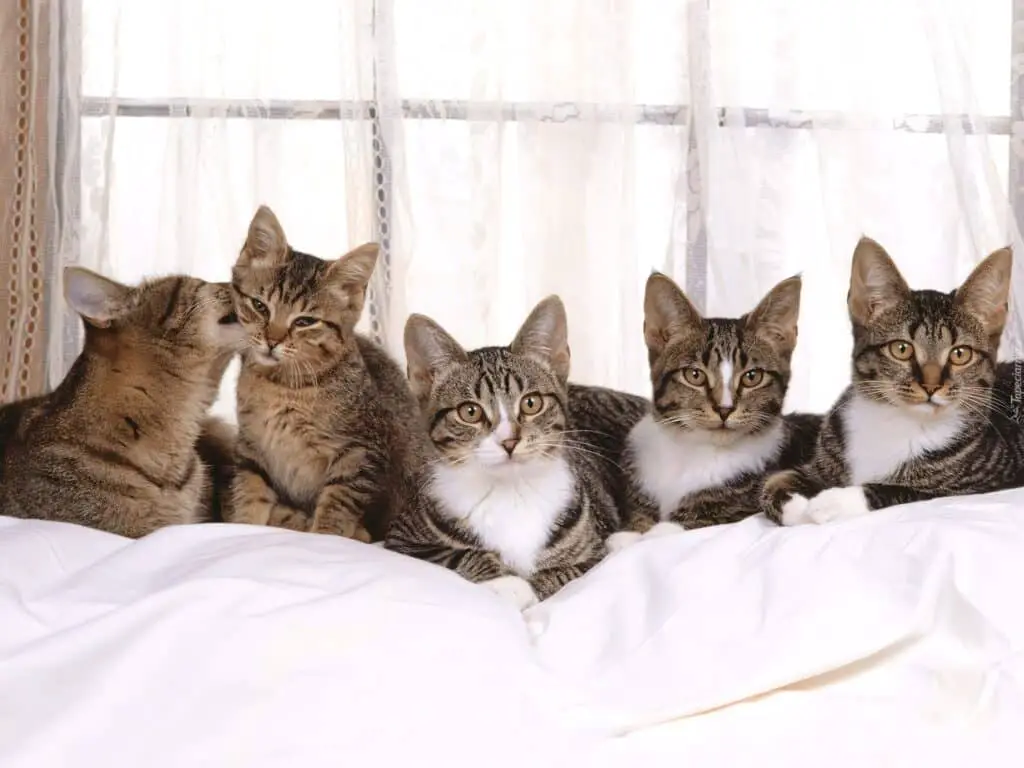
Conclusion
Cats are known for their ability to reproduce rapidly and have multiple litters throughout their lifetime. The number of litters a cat can have depends on various factors such as breed, age, health, and whether or not the cat has been spayed or neutered. On average, a cat can have anywhere from one to three litters per year, with each litter typically consisting of four to six kittens.
A cat to have multiple litters can contribute to the overpopulation of cats, which can lead to numerous issues such as overcrowded shelters, stray cats, and increased risk of disease transmission. Therefore, responsible pet ownership includes spaying or neutering cats to prevent unwanted litters and help control the cat population.
Spaying or neutering a kitten cat not only helps prevent unwanted litters, but it also has several health benefits for the cat. Female cats that are spayed have a reduced risk of developing certain types of cancer, such as mammary gland tumors, and they are less likely to experience behavioral issues associated with heat cycles. Male cats that are neutered have a lower risk of developing testicular cancer and are less likely to exhibit aggressive or territorial behaviors.
Cats have the potential to have multiple litters throughout their lifetime, it is important for pet owners to consider the consequences of allowing their cats to reproduce unchecked. Spaying or neutering cats not only helps control the cat population and prevent overpopulation issues, but it also provides numerous health benefits for the cat. Responsible pet ownership includes taking the necessary steps to prevent unwanted litters and ensure the well-being of our feline companions.

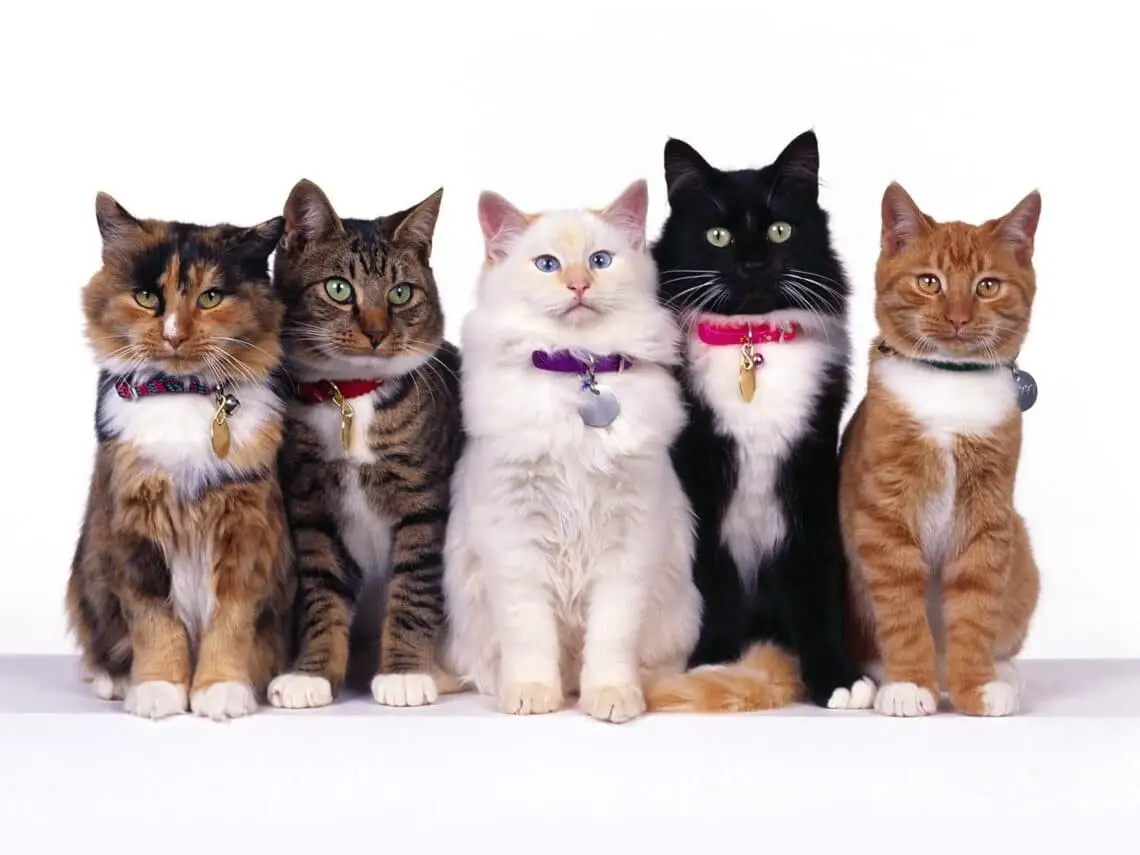

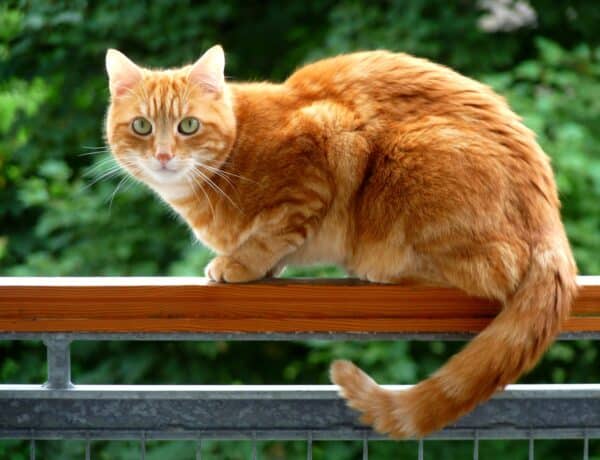
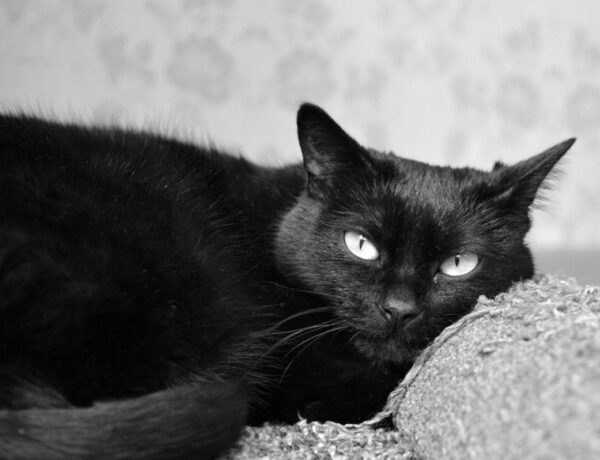
No Comments